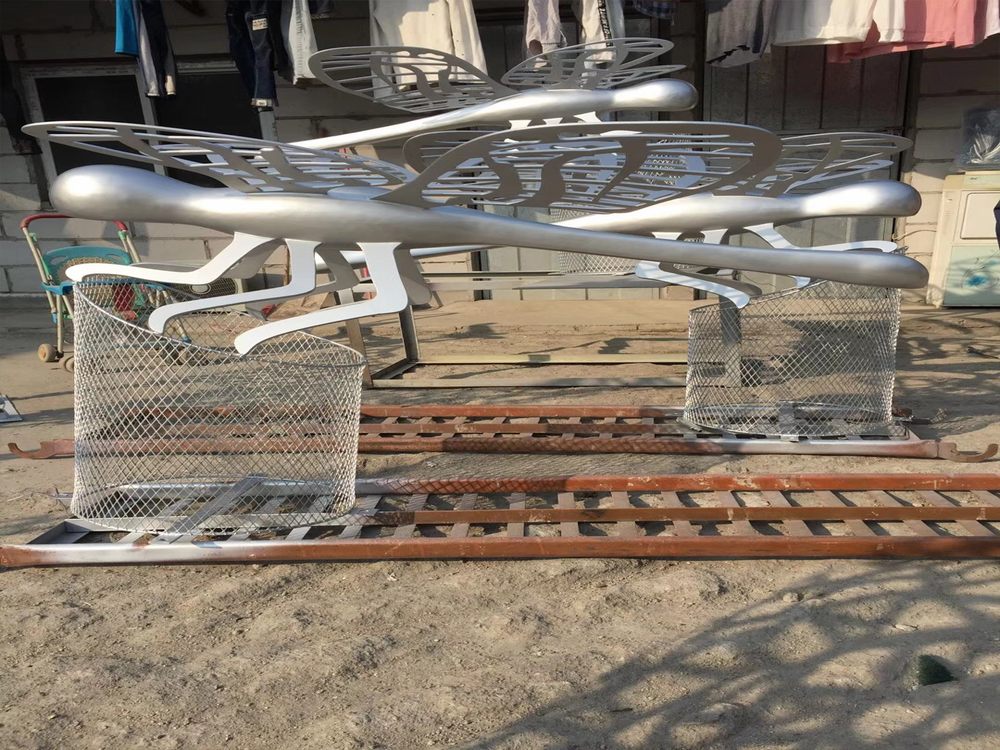
Wood carvings have long been celebrated for their intricate details and timeless beauty, but their adaptation to kinetic or mobile sculptures introduces a fascinating dimension of movement and interactivity. To achieve this, artisans employ specialized techniques that balance aesthetics with functionality.
One key approach is the use of lightweight yet durable wood types, such as basswood or cedar, which allow for smooth motion without compromising structural integrity. Carvers meticulously design joints and hinges, often incorporating hidden mechanisms to ensure seamless movement. The grain direction of the wood is carefully considered to enhance flexibility and reduce the risk of cracking under stress.
Another critical factor is the integration of counterweights or balancing points, enabling sculptures to sway, rotate, or respond to environmental factors like wind. Modern kinetic wood carvings may also combine traditional craftsmanship with contemporary materials, such as metal rods or synthetic fibers, to amplify dynamic effects.
Beyond mechanics, the artistic vision plays a pivotal role. Kinetic wood carvings often draw inspiration from nature—mimicking the flutter of leaves or the fluid motion of animals—to create organic, lifelike movement. This fusion of artistry and engineering transforms static wood into captivating, ever-changing displays.
Ultimately, the adaptation of wood carvings to kinetic or mobile sculptures showcases the versatility of wood as a medium, bridging tradition and innovation to create dynamic, engaging art forms.

